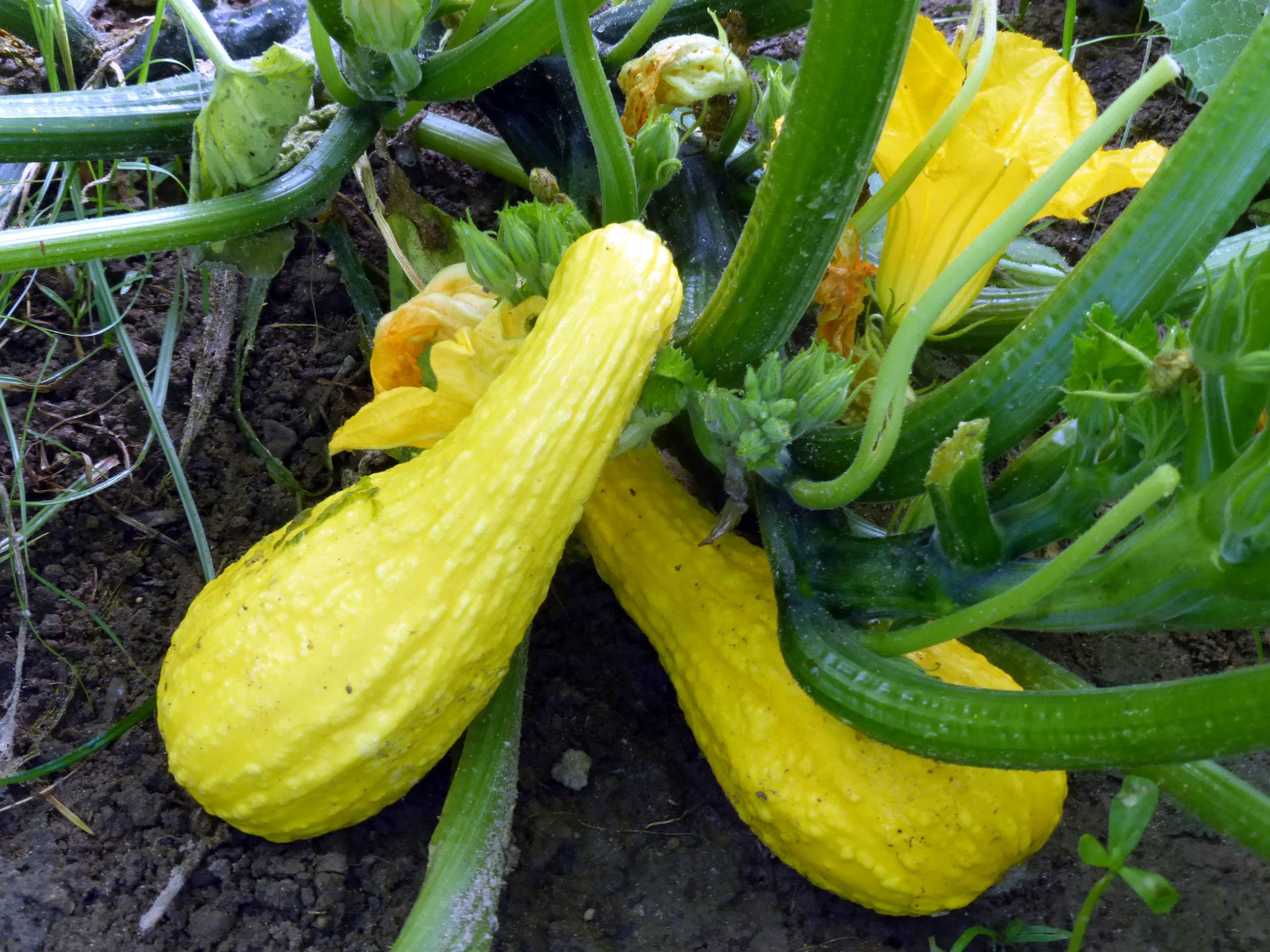Silver Edged Squash

Silver edged squash
CULINARY USES: The Silver Edged Squash is an important ingredient in Latin American cuisine. The seeds are often roasted and eaten as a snack, known as pepitas. The seeds are ground and used to make pipian sauce, which is a type of mole, and is served over chicken or enchiladas.
What is silver squash?
Silver Edge, an heirloom squash, takes its name from the unique, large and tasty, silver edged seeds that are produced inside of its fruit. The attractive white fruit have green mottled stripes and make for an interesting addition to fall squash and pumpkin displays.
Where did squash originate?
Squash originated as a wild plant in Central America and Mexico. The squash family includes some of the largest and most diverse fruits in the plant kingdom and is a significant source of food for many cultures.
What is the healthiest squash you can eat?
1. Butternut Squash. One of the most popular varieties of squash, it can be use in so many ways. It's one of the most rich in Vitamin A, boasting over 400% of the recommended daily value per cup, in the antioxidant form of beta-carotene.
Are there any toxic squash?
Two cases of hair loss due to toxic squash syndrome were reported in a study from France in 2018, and in 2015, a German man died from toxic squash syndrome after eating a zucchini. Death is thankfully incredibly rare from toxic squash syndrome.
What is the sweetest tasting squash?
Buttercup Squash The dark green rind needs to be removed, but it reveals a bright orange, creamy interior that's considered the sweetest of squash. This variety is so sweet it can actually be used like a sweet potato. It's perfect mashed, pureed, steamed, or as a sweet potato replacement in most recipes.
Does squash raise blood sugar?
Squash is also rich in healing antioxidants and Vitamin A — which can improve insulin production — and Vitamin C, which has been shown to reduce blood glucose in people with type 2 diabetes.
Is white squash good for you?
White squash provides many nutrients, inherently has a high water content, has a cooling effect on the body, has no cholesterol, thus helps promote heart health, and contains many vitamins and minerals to help promote various functions. important metabolic function in the body.
How did Native Americans eat squash?
Native Americans roasted or boiled the squashes and pumpkins and preserved the flesh as conserves in syrup. They also ate the young shoots, leaves, flowers, and seeds.
What did Native Americans call squash?
Some members of the family of squash known as scallops or pattypans are among the oldest squash known to mankind. The White Bush Scallop was grown by Native Americans long before the coming of any Europeans to the Americas. It was known in Europe before the 1600s. This squash is also called “symnel” or “cymling”.
What did natives call pumpkins?
Pumpkins have long served as a staple in the diet of American Indians (the Abenaki word for pumpkin or squash is wasawa).
Is squash good for losing belly fat?
One cup of cooked squash with a volume of 205ml has only 83 calories and has up to 7 grams of fiber. Therefore, this is also a great choice for those who want to lose weight and obesity. Squash contains a lot of fiber, including both soluble and insoluble fiber.
Is it OK to eat squash every day?
Squash has a rich nutritional profile with many health benefits. Hence, it is good to eat squash every day. Is squash healthier cooked or raw? Cooked squash is healthier than raw.
What squash is not edible?
Ornamental gourds and hybrid garden squash should not be eaten. Some cucurbits are toxic and contain cucurbitacins, substances that are highly irritating and bitter.
Can you get botulism from squash?
Pumpkin and winter squash are also low-acid food (pH > 4.6) capable of supporting the growth of Clostridium botulinum bacteria which can cause the very serious illness, botulism, under the right storage conditions.
How do you know if your squash is poisonous?
Vegetables like courgette and squash that have high levels of cucurbitacins won't necessarily look poisonous – making them more dangerous as you only know they could be toxic after eating them and then tasting bitterness. Symptoms of toxic squash poisoning can include: Nausea. Diarrhea.
Can squash cause kidney stones?
With concern for potassium levels, consider having squash in small amounts. Squash can be a good choice for many peritoneal and home hemodialysis patients when you may need to eat more potassium rich foods. Eating squash will not have an effect on forming kidney stones.
What is the best squash to cook with?
Tan and smooth, the versatile butternut squash has sweet, nutty flesh that works well in baked, boiled, and steamed preparations, but it's particularly well suited to deep roasting. A butternut squash can keep for up to six months.
What is the least sweet squash?
pepo is a much less sweet variety; it tends to be a little on the dry side, and a bit more savory and nutty than the sugar pumpkin.
What is the best squash for pumpkin pie?
Any winter squash can make a pretty good pie. It's hard to go wrong when you're adding cinnamon and topping with whipped cream. If you're making pumpkin pie from scratch, try swapping in butternut squash for a sweeter, smoother pie. Sugar pumpkin tends to have stringy fibers.












Post a Comment for "Silver Edged Squash "